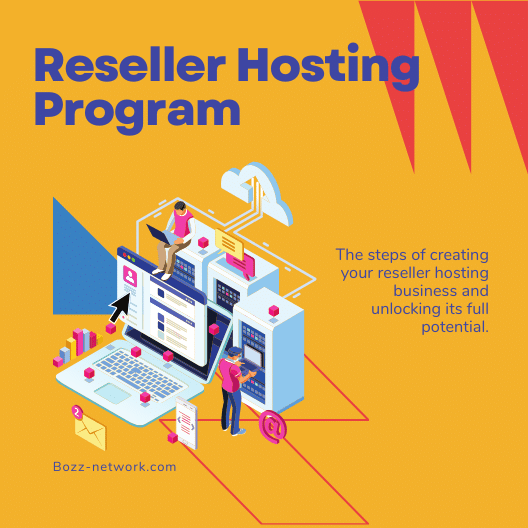
Google Content Network
Discover the power of Google Content Network for digital marketers and how it can drive traffic to your website. Learn more here!
Google Content Network is an online advertising platform designed to help digital marketers drive traffic to their websites.
By targeting ads on broad and niche topics, the network can reach a larger audience to maximize ROI for your campaigns.
Find out more about how it works, the pros and cons of using the Google Content Network, and strategies for
making your campaigns successful.

What is Google Content Network?
The Google Content Network is an online advertising platform that allows digital marketers to target ads on broad and more niche topics.
Ads placed through this network appear on websites across the net – allowing you to reach a broader audience with your ads.
These ads can take various forms – from text, image, or video ads – with budgets ranging from small to large.
With Google Analytics, you can track goals and track conversions in real-time. You can also see which creatives
perform best for your campaigns.
Understand your target audience.
Knowing who your target audience is is essential for content network marketing.
You need to research what kind of websites they visit, what content they’re searching for, and the words they use while searching.
This allows you to create targeted ads that are more likely to reach the people you want to reach.
By using AdWords targeting, you can specify keywords, topics, demographic information like age and gender, and even location.
This can help you refine your ads so that you get better results from your Google Content Network campaigns.
Create ad campaigns tailored to your content network goals.
When creating Google Content Network campaigns, it is important to tailor your ad campaign to the specific goals you want to achieve.
For example, if you are looking for brand awareness, you may opt for a cost-per-impression campaign so that people see your ad often.
If you are looking for increased conversions, you may choose a cost-per-click or cost-per-conversion campaign.
By understanding the type of goal you are trying to measure and optimize for, you can create an ad that aligns
with those goals and helps maximize your return on investment (ROI).
Set up relevant keywords and targeting strategies.
Utilizing Google’s targeting options is essential to optimizing your ad campaign.
You can refine your audience by choosing keywords and specific audiences by interest, gender, age, placements, and more.
Relevant keywords are important to ensure your ads are only reaching people who are interested in what you are offering.
Also consider whitelisting publishers or sites that you know will perform well for you, as well as black-listing those
websites or placements that don’t fit within the scope of your campaign goals.
Measure the success of your campaigns for ongoing optimization.
Once your campaigns become active, spend some time regularly reviewing the performance metrics to assess if
they are meeting your expectations.
Depending on the goals of your campaign and what type of ads you’re running, this could include impressions, clicks, conversions, and site visits.
Make sure you check in on a regular basis to make any optimizations as needed to ensure that your ads are performing effectively.
Additionally, compare the performance of various network types (Google Search Network campaigns versus
Google Display Network campaigns for example) to ensure that funds are being allocated appropriately.
Read More Articles: Jasa Kirim Motor



